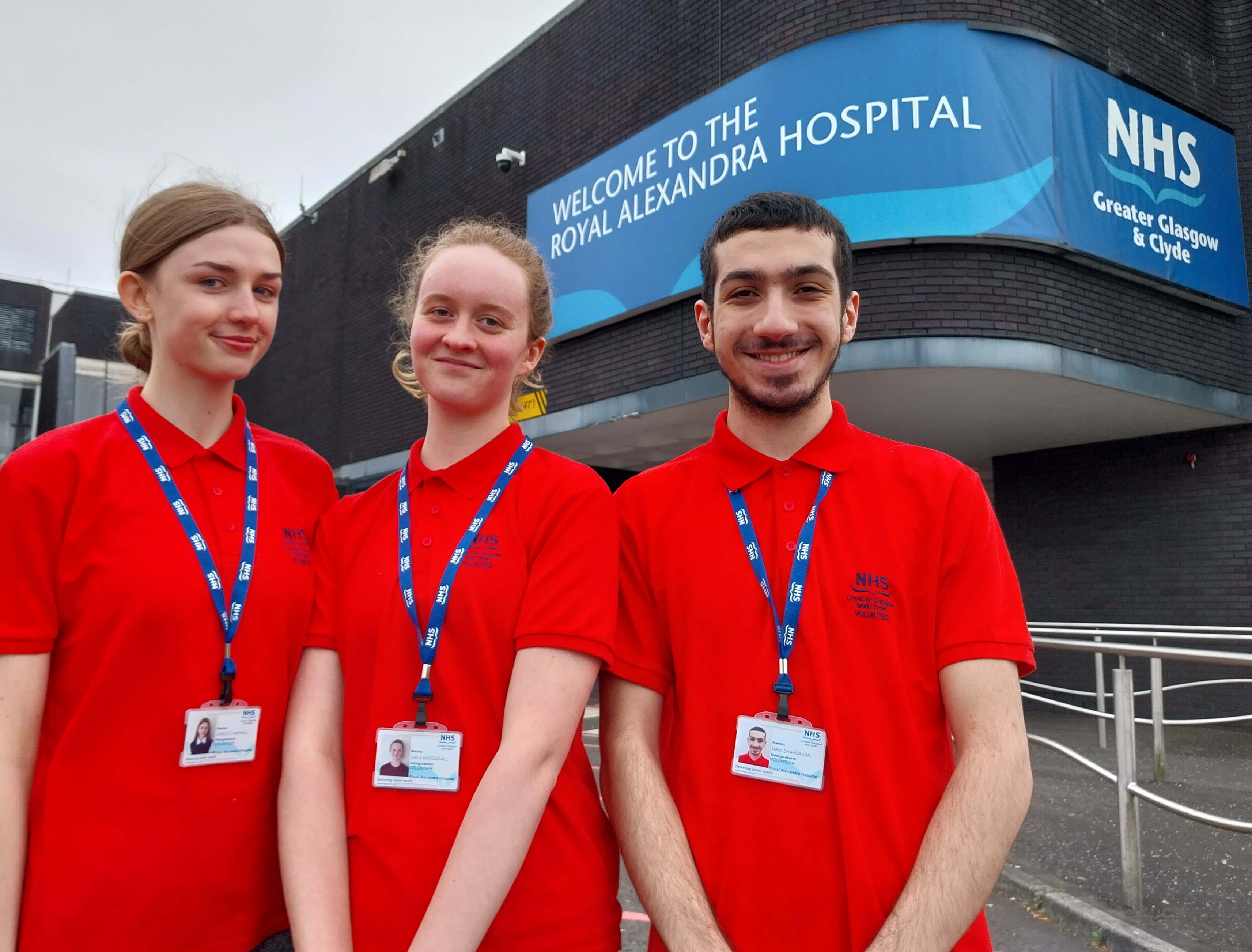Previous
Medical physicist
To become a reconstructive scientist in the NHS, you’ll need to complete a postgraduate-level work-based training programme.
Reconstructive scientists are also known as maxillofacial prosthetists. They are registered clinical scientists who specialise in prosthetic reconstruction with patients who need corrective treatment for:
They design, construct, and fit bespoke medical devices, including:
Once the prostheses or surgical implant has been fitted, it is monitored over time to make sure it continues to meet the patient’s needs.
School subjects that could lead to a career as a reconstructive scientist include:
Speak to your guidance teacher or careers adviser about subjects offered at your school.

You may find it helpful to get some healthcare experience by doing a work placement or volunteering. You’ll get training, increase your knowledge, and learn new skills. This could help you when applying to college, university, or a new job with NHSScotland.
There are different education and training pathways to becoming a reconstructive scientist.
The STP is one route to becoming a reconstructive scientist in the NHS.
As a trainee, you’ll complete a 3-year programme of work-based learning supported by a university-accredited master’s degree at SCQF level 11. It is part-funded by the National School of Healthcare Science.
To apply for the STP, you’ll need an undergraduate honours degree in Dental Technology at SCQF level 10 accredited by the General Dental Council (GDC). You’ll also need experience as a GDC-registered dental technician.
You can also apply with a master’s in Dental Technology or a relevant postgraduate science degree and a dental technology qualification accredited by the GDC.
Once you complete your training, you’ll register with the Health and Care Professions Council (HCPC) as a clinical scientist. Clinical scientists are one of 15 health and care professions in the UK regulated by the HCPC.
As a reconstructive scientist, you’ll work to design, construct, and apply medical devices for patients who need constructive treatment. These devices include:
You could work on any area of the body, but it will often be the face, jaw, and skull.
Tasks include:
You’ll need these skills:
You’ll also need an interest in science, technology and engineering, good technological skills, and a knowledge of facial anatomy.
You'll work with:
You could work in:
As a reconstructive scientist, you’re expected to undertake continuing professional development (CPD) activities to:
Clinical scientists must meet the HCPC’s standards for CPD. Learn more about the HCPC’s guidance on CPD activities.
Healthcare Scientists are often at the forefront of advances in science and technology. As a reconstructive scientist, you could be involved in researching new treatment techniques or developing innovations in prosthetic technology.
With further training and experience, you could develop your career and move into management or teaching roles.
To work as a reconstructive scientist in NHSScotland, you’ll need to have completed the necessary training and register with the following organisations:
Once qualified as a reconstructive scientist, you can join the following professional organisations:

Discover the range of healthcare science careers you can choose in the NHS.
Healthcare science
Our blog includes how-to guides, case studies, and career resources.
Discover more